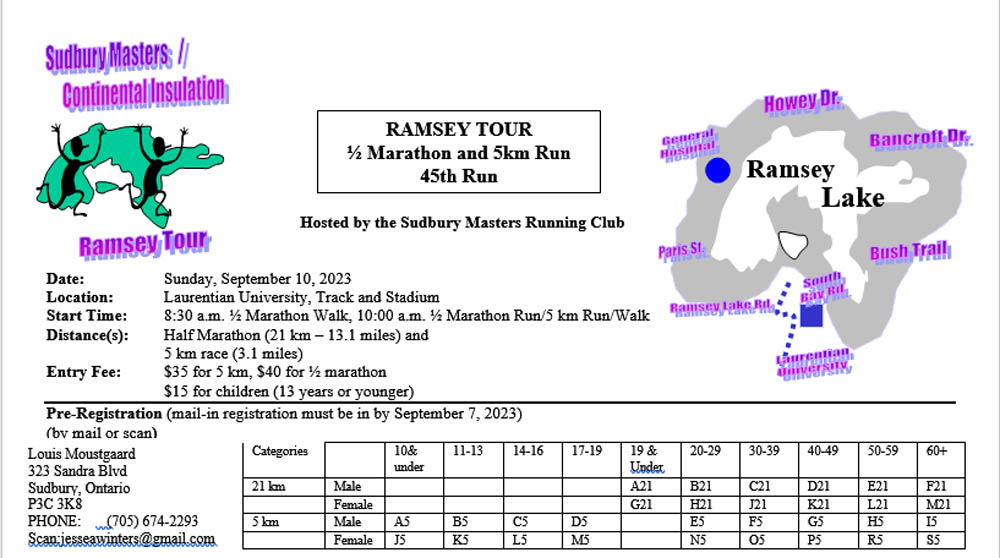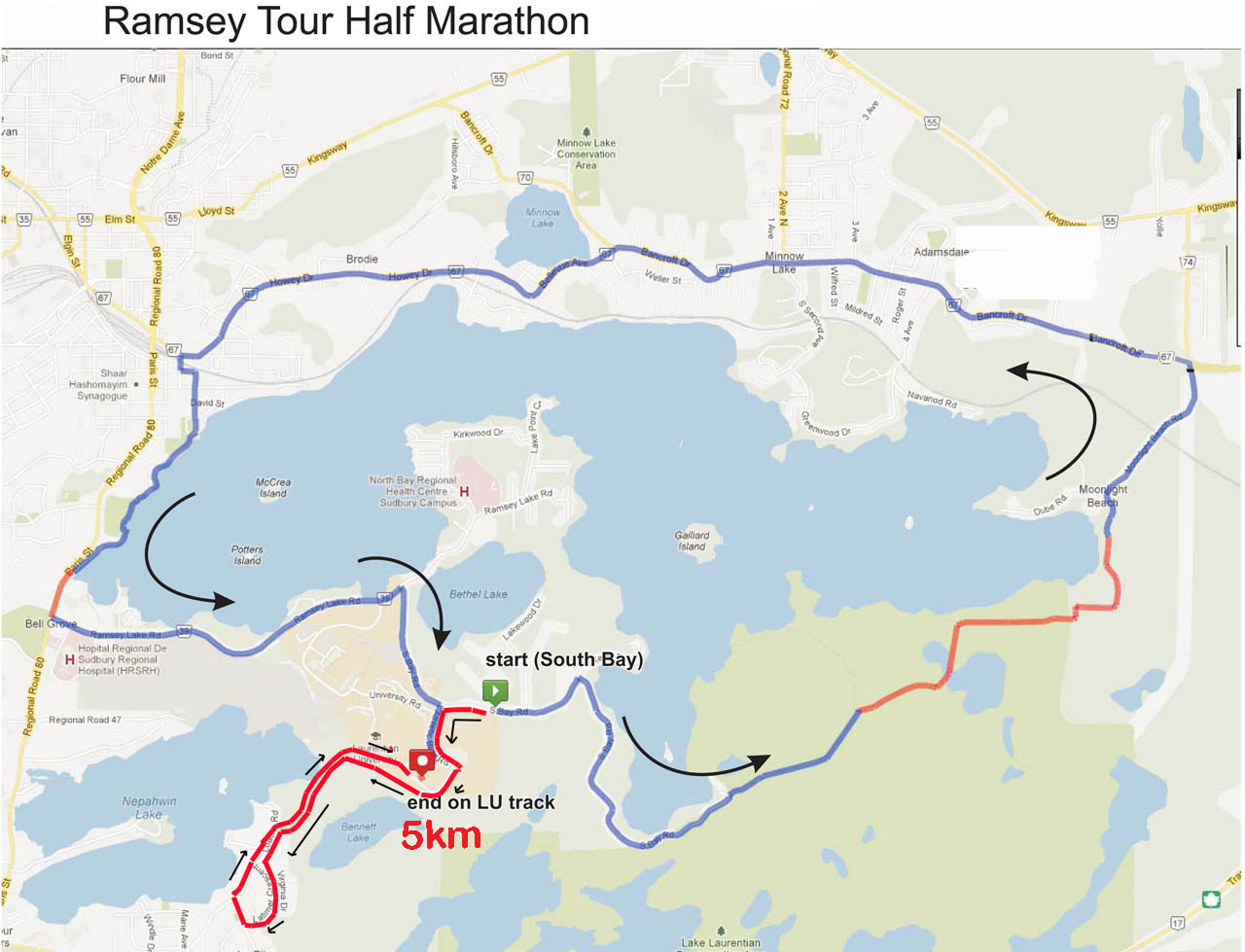| In
a recent post Sara M. mentioned the 80/20 rule promoted
by V. Perdue as a sensible training strategy for most
athletes. In case you weren't aware of what it is, please
read on below.
There are a lot of different
training modalities out there, but the 80/20 rule is easily
one of the most popular. This rule states that 80 per
cent of your weekly training should be done at a low to
moderate intensity, and about 20 per cent at moderate
to high intensity. It’s a rule that’s followed
by nearly all elite runners, cyclists, swimmers, triathletes
and other endurance athletes around the world, and so
it has unsurprisingly been adopted by many recreational
athletes who are looking to improve their times. But how
do you determine running intensity? What does 80 per cent
of your training volume actually look like? Does the 80/20
rule apply to lower-mileage runners? We answer all these
questions and more to clear things up so you can effectively
apply the rule to your own training.
How much is 80 per cent?
Many runners might think they’re doing 80 per cent
of their training at a low to moderate intensity, but
most of them probably aren’t. In reality, the average
recreational competitive runner is likely running about
a 50/50 split. The reason for this is two-fold, with many
runners not being fully aware of what an easy or moderate
pace actually is (more on that later), and also not truly
paying attention to their weekly running volume and calculating
accordingly.
To calculate 80 per cent
of your running volume, you first need to know how much
you’re actually running in a week, which you can
do based on the number of kilometres you run, or how many
hours you spend running. For example, if you’re
running 50K per week, 80 per cent of that volume is 40K.
That means that in one week, you should be running 40K
at an easier pace, and only 10K should be spent running
at a higher intensity. If you prefer to track your running
volume by time, if you spend five hours per week running,
4 hours of that time should be easy running and only one
hour should be higher intensity.
Of course, that doesn’t
mean that you’re going to run easy for an hour per
day for four days, then on the fifth day you’re
going to crank out a 60-minute time trial. More likely,
you’re going to pick two days out of your week where
you spend 30 minutes of your run at a higher intensity,
with 15 minutes of warmup and cooldown running on either
side.
How
do you determine intensity?
This is not quite as simple as calculating running volume,
and is where many runners get off-track. Why? Because
without realizing it, you’re likely running your
easy mileage at a much faster pace than you need to, or
should.
Matt Fitzgerald of 80/20
Endurance breaks running intensity into seven zones: Zone
1, Zone 2, Zone X, Zone 3, Zone Y, Zone 4 and Zone 5.
Zone 1 is the lowest intensity, which requires you to
actively hold yourself back to stay on-pace, or is used
during a recovery jog after a hard workout. Zone 2 is
much broader, and is likely where you’ll do most
of your easy runs. It will vary depending on how you’re
feeling that day.
Zone 3 is a relaxed effort,
which some runners might call comfortably hard. You shouldn’t
be straining to maintain this pace. Zone 4 is a little
trickier to get right, but you could equate it to half-marathon
pace, and Zone 5 is for hard interval or hill workouts.
Both Zone X and Zone Y are not given a number because
they represent in-between paces, which Fitzgerald explains
only exist as gaps between other zones. This prevents
low-intensity efforts from bleeding into moderate-intensity,
and on the upper end forces athletes to commit to higher-intensity
running.
Fitzgerald explains that
you can measure running intensity based on pace, heart
rate, and power, and provides testing protocols for all
three. One simple way to do so is to enter a recent race
result into the 80/20 zone pace calculator, which will
give you target pace ranges for each of the zones. As
you improve, it is important that you continue to update
the calculator to reflect your level of fitness.
Does the 80/20 rule apply to lower-mileage
runners?
As we mentioned, nearly every elite endurance athlete
trains using the 80/20 principle, but does it make sense
for a more recreational athlete to do the same? An elite
distance runner, for example, might spend 15 hours per
week running, which means that they’re spending
three hours each week running at a higher intensity. That
amount of high-intensity running will certainly have a
significant training effect. By contrast, if a recreational
runner spends four hours per week easy running and only
one hour at a higher intensity, are they getting the same
benefit?
One 2013 study found that
it does. Researchers split a group of 30 recreational
runners with 10K times just under 40 minutes into two
groups: each ran just under 50K per week, but one followed
the 80/20 principle and the other did 50/50. After 10
weeks, the 80/20 group had improved on their pre-study
10K time by an average of five per cent (about a 35-second
improvement), while the 50/50 group only improved by 3.6
per cent. The researchers also noted that the runners
who did the best job of adhering to the 80/20 rule improved
by seven per cent, which is a 47-second PB.
So yes, even if you’re
not running the same volume as an elite runner, the 80/20
rule can still work for you. Even individuals who only
manage to run two days per week can use this method, provided
each run includes a mixture of easy and hard running,
while still adhering to the 80/20 split.
Should everyone follow the 80/20
rule?
While this style of training does seem to work well for
the majority of runners, it is, of course, not the only
path to success. Every runner is different, and what works
for someone else might not be as effective for you. The
great thing about the 80/20 method is that if you follow
it properly, it can go a long way in preventing you from
overtraining, since it heavily controls how much hard
running you’re doing. It is also highly adaptable,
allowing you to split up that 20 per cent of hard running
in any number of ways. If you’re really serious
about improving your performance, consider getting a coach
or following an 80/20 training plan for your next goal
race.
|


219.jpg)






















